
4 min read
Material Health: Design Frontiers
The book ‘Material Health: Design Frontiers’ from Parsons Healthy Materials Lab explores the critical topics of material health in the era of climate crisis.
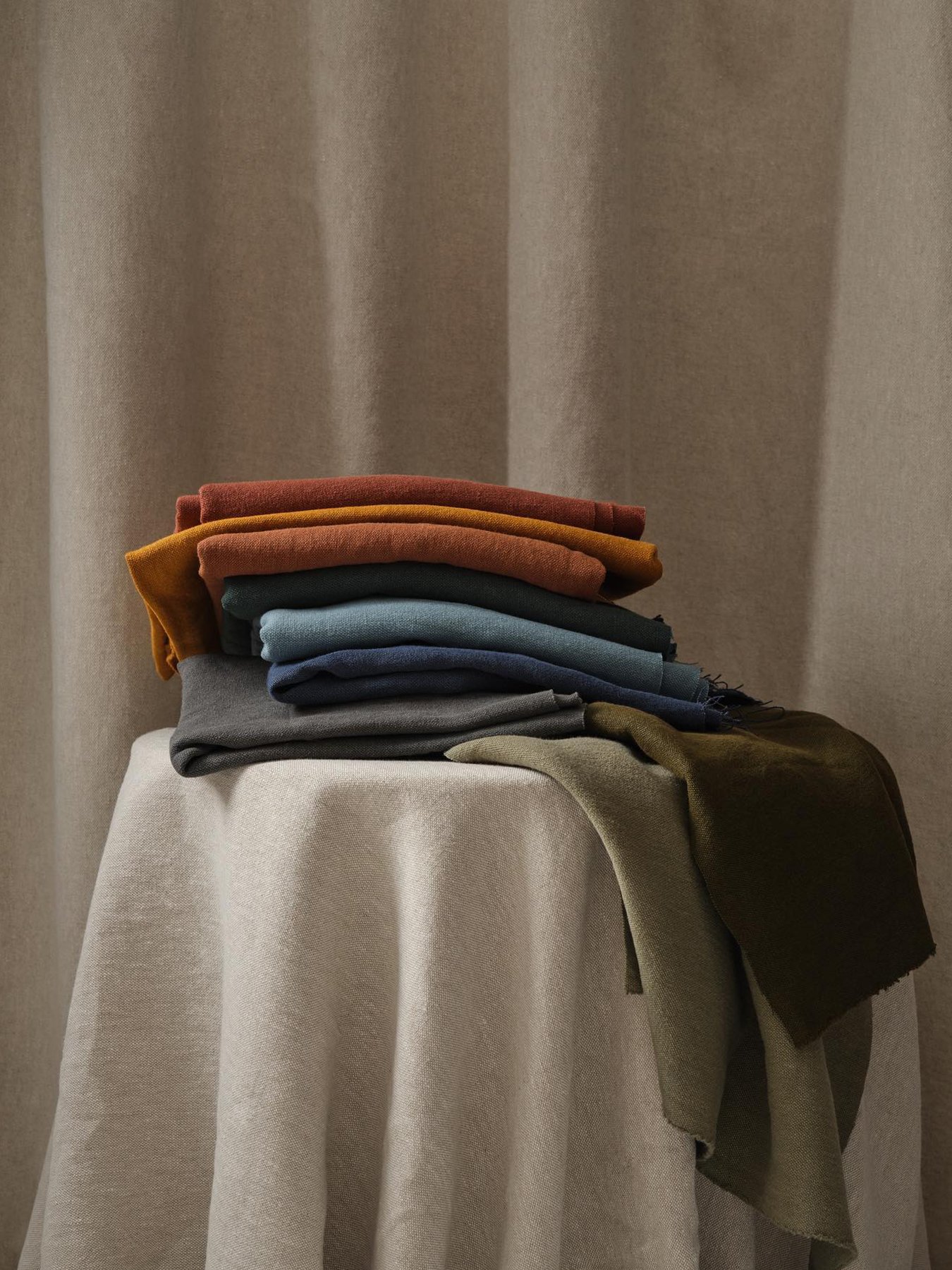
3 min read
From vibrant spice-inspired hues to ethical sourcing, discover how Yarn Collective is crafting an environmentally conscious future in textiles.
Yarn Collective’s co-founder James Gomez entered the interior design industry at the tender age of 16 and has never looked back. Having worked for various top furniture and fabric firms, such as Venetian textile company Rubelli, he and his business partner, Sophie Carnegie, decided to set up on their own. Although their company, which launched in 2016, started off distributing other people’s products, before long they created their own textile collection and things really took off. Now, Yarn Collective provides fabrics such as bouclé and linen sheers for everything from hotel and restaurant projects to residential interiors.
Gomez, who is the creative force behind the business, always knew that he wanted to work more mindfully. The textile industry is a big pollutant. In America alone, an estimated 11.3 million tons of textile waste, 85 percent of all textiles produced, end up in landfills every year. The industry is also one of the biggest water users. It takes about 660 gallons (2,500 liters) to make a single cotton shirt and textile production is estimated to be responsible for about 20 percent of global clean water pollution from the dyeing and finishing processes.
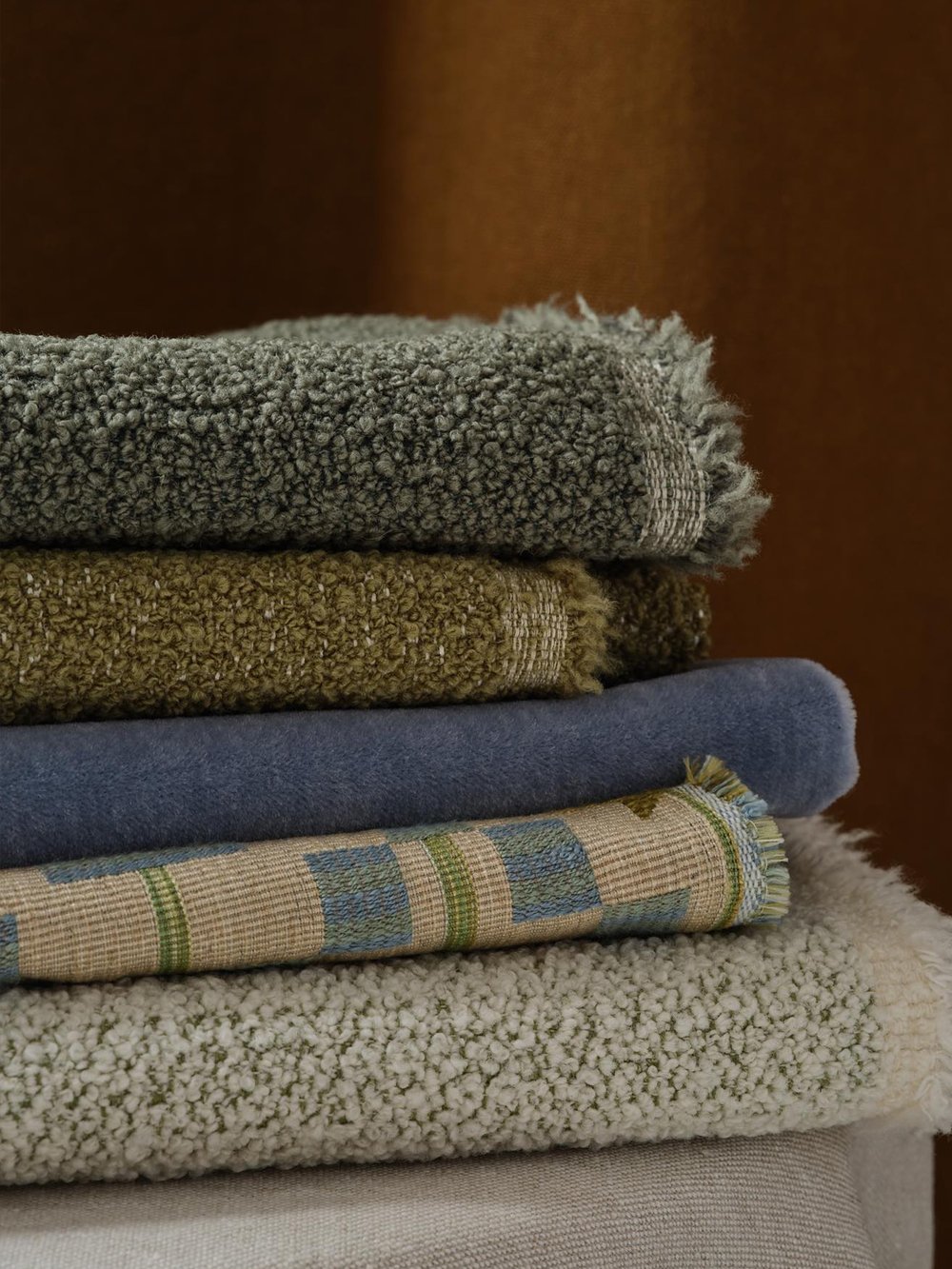

In order to mitigate some of this damage, the company set out to use as many recycled cotton yarns as possible, which it sources from the fashion industry. “T-shirt offcuts, which would otherwise end up in landfills, are gathered, stripped and spun into yarn, so we can work on repurposing waste materials as much as possible,” says Gomez from his office and studio in West London. The company’s fabrics range from being made entirely from recycled material to using just 21 percent and by embracing the circular economy it is making a cleaner, greener product. Gomez is also aware of the trend of overproduction. “One of the main things we wanted to be is a bit more considered about what we’re launching,” he says. “Do we really need to have 20 different velvets? Or do we just need to have one or two or three? Because, at the end of the day, we are still creating stuff. Even if it’s recycled, we’re still creating.”
“Do we really need to have 20 different velvets? Or do we just need to have one or two or three? Because, at the end of the day, we are still creating stuff. Even if it’s recycled, we’re still creating.”
James Gomez
About half of Yarn Collective’s collections use recycled cotton and linen, with plans to explore more ways of incorporating recycled materials and reduce plastic use in the future. “We are always trying to reduce, if not remove, manmade fiber content in our fabrics,” adds Gomez. “For instance, our Ismay bouclé now exclusively features recycled cotton, eliminating polyester, and is a great example of our efforts to enhance the environmental friendliness of what we make.”
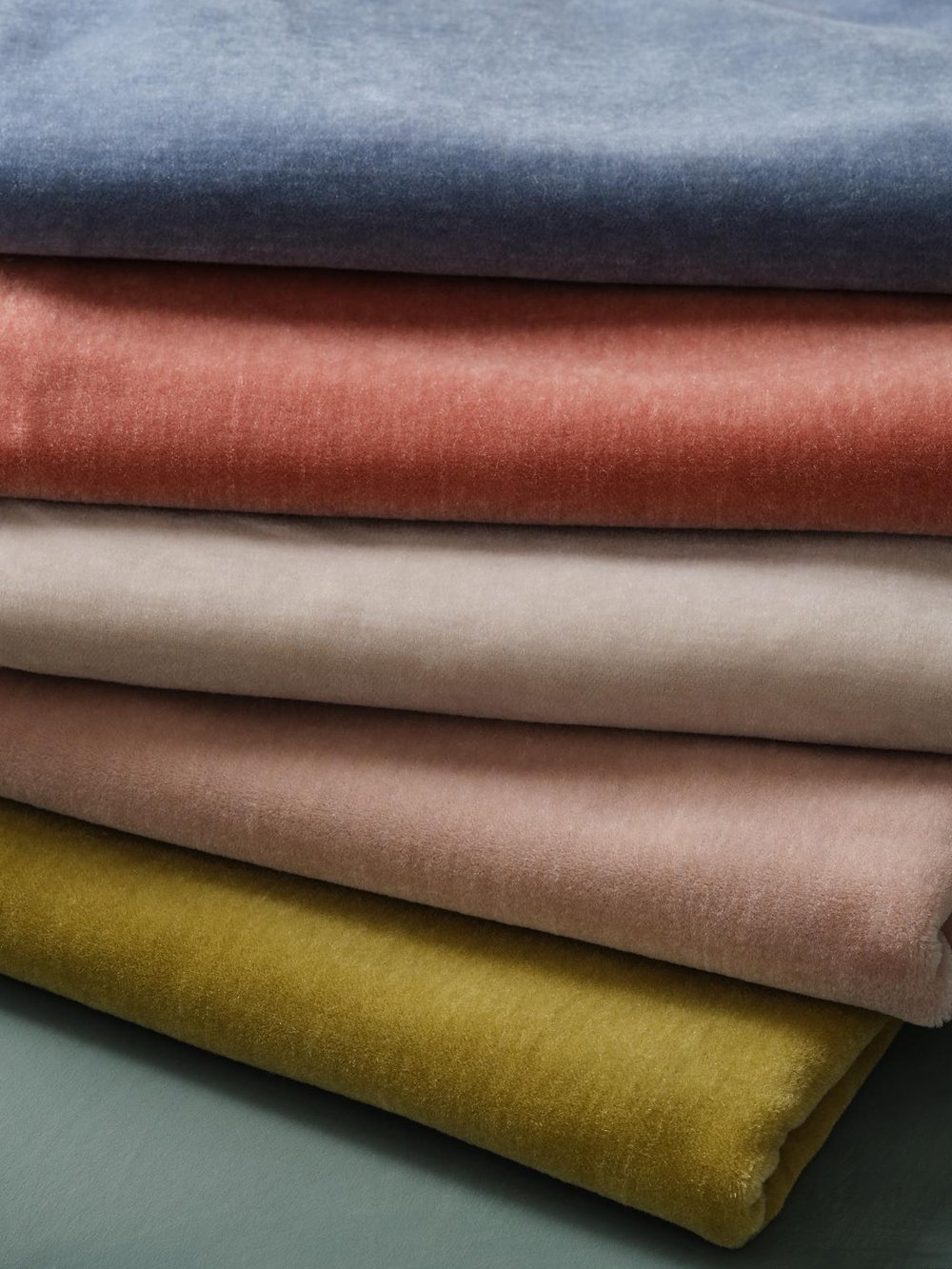
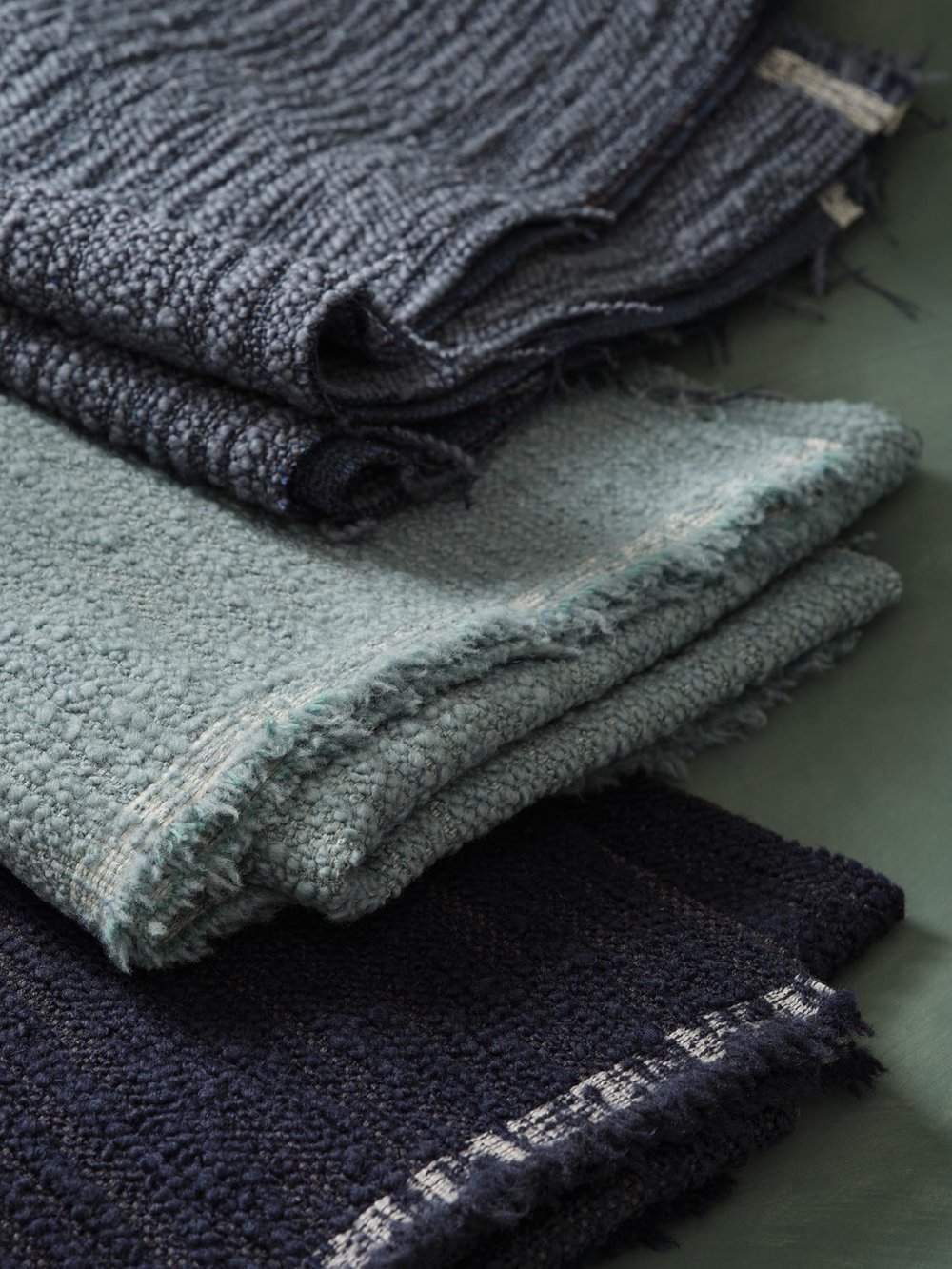
Yarn Collective’s signature color palette of warm reds and fiery oranges was inspired by the rich tones of spices that Gomez found in a shop in Notting Hill, West London. He spent hours browsing the racks, soaking up the tones and textures. “I bought bags and bags of spices and then sent them to the dyers. Our most popular colors are still things like galangal, sumac and masala.” What gave him this idea? “It’s just my taste really. They’re fabrics that you can use in a very colorful scheme, but you can also use them in a neutral scheme as a pop of color.”
The brand always selects yarns from ethical sources and collaborates with skilled artisans in countries such as Italy, France and Belgium, where its fabrics are woven. Its latest collection features natural materials, such as hemp, linen and wool, with minimal use of synthetics. “My aim for this collection has been to create something that has an overall look that could work together and can be used across a whole project,” says Gomez. “It feels quite grown up.”
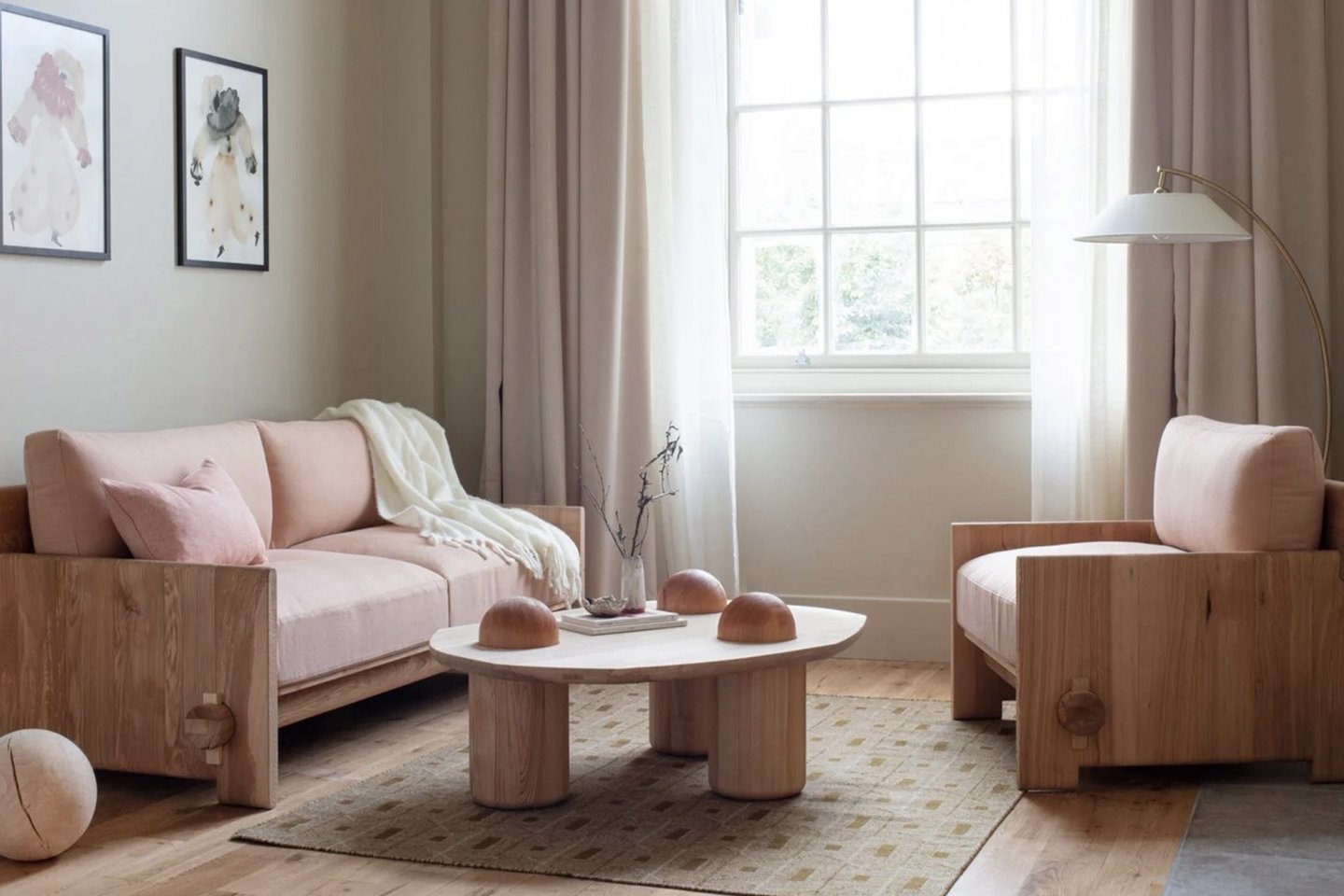
Yarn Collective is also exploring ways to produce whole collections directly for interior designers, much like it has done for London’s Studio Ashby. Their Jocasta fabrics have their own unique textures, palettes and patterns, inspired by crafts, flowers and ancient traditions from across the world.
As awareness of the pollution created during textile manufacturing grows, the brand’s sustainability ethos is increasingly chiming with architects, interior designers and suppliers who are searching for ways to reduce their carbon footprint with a product that is both attractive and well-made. Gomez is also always on hand to discuss clients’ needs. This personal touch has been a boon for the brand, which has now expanded into the US, a market that accounts for much of its sales. As ever, Gomez is not only constantly thinking about colors and textures but continues to be aware of their composition as well. “We will always try to avoid recycled plastic or any plastic because we all need to get away from using it, whether it’s recycled or not.”
Photography: Yarn Collective, Stuart Milne, Beth Evans, Ruth Ward

4 min read
The book ‘Material Health: Design Frontiers’ from Parsons Healthy Materials Lab explores the critical topics of material health in the era of climate crisis.

4 min read
The brand creates timeless, handcrafted rugs that celebrate traditional artistry while prioritizing the environment and social good.